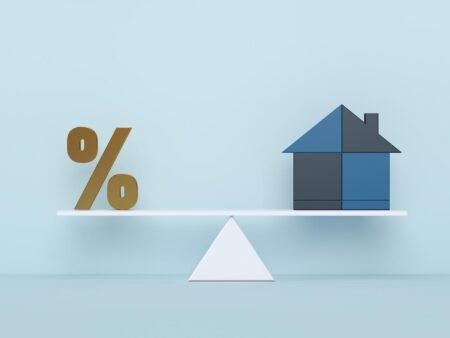Checking accounts are designed to help you manage everyday transactions and aren’t usually where your money grows. But that doesn’t mean you should ignore the interest rate entirely. After all, if you have money sitting in the bank, you might as well earn as much interest as possible on it.
Knowing the national average checking account interest rate helps you see where you stand. If your current rate is at or below the national average, you may want to shop around for an account with a better rate.
Checking account rates are variable, meaning they fluctuate and can change at any time. Typically, however, checking accounts pay little interest compared to other deposit accounts, such as savings accounts and certificates of deposit (CDs).
In fact, the national average checking account rate is currently just 0.7%, according to the FDIC. And as you can see in the following table, average rates haven’t changed much over the past year:
Still, checking account rates are higher today than they have in years past. Here’s a look at the average checking account rate since 2014:
These rates pale in comparison to those available with high-yield savings products. For example, the top high-yield savings accounts, money market accounts, and CDs pay upwards of 4% APY.
It is possible to find high-yield checking accounts that pay similar rates (or even higher). For example, Consumers Credit Union offers a rewards checking account that earns 5% APY.
Keep in mind, however, that high-yield checking accounts aren’t too common. Plus, they may require a high minimum balance and/or charge a monthly maintenance fee in exchange for that higher rate.
If you have extra funds sitting in a low-interest checking account, it’s a good idea to move your money to an account that earns more. Just be sure you aren’t canceling out those interest earnings with fees.
Read more: 10 best high-yield online checking accounts
Several factors influence checking account rates.
For example, the federal funds rate — the rate banks charge one another for overnight loans — directly affects how much banks are willing to pay on deposits. When the Federal Reserve raises the federal funds rate, banks often increase yields on savings products like CDs and high-yield savings accounts. Checking account rates, however, typically lag behind since these accounts are designed for transactions rather than savings.
Individual banks and credit unions also set rates strategically based on how aggressively they need to attract deposits. When competition for deposits is high, for instance, some institutions may raise checking account yields to stand out.
Additionally, some banks reward loyal customers with relationship rates, offering higher interest rates if you maintain multiple accounts (such as savings, credit cards, or loans) with them. These perks encourage customers to stick with one bank rather than competitors.
Although checking accounts don’t always pay a substantial amount of interest, the following steps can help you maximize their value. Here’s how to get the most from your checking account.
Various checking account fees can eat into your account balance, making it more challenging for your money to grow. To avoid this situation, look for accounts with minimal or no fees. Common checking account fees include monthly maintenance fees, overdraft fees, and ATM fees. Look for accounts that eliminate these fees.
To avoid the fees your bank charges, try to use your account as responsibly as possible. For example, try to avoid using out-of-network ATMs and putting your account into overdraft. This can help minimize the fees you pay.
Read more: How to avoid ATM fees
High-yield or rewards checking accounts tend to pay higher rates. These rates can be well above the national average, though they may require you to meet specific requirements to qualify.
Another way to maximize your checking account benefits is by taking advantage of perks and rewards. Some banks let you earn 1%-3% cash back when making debit card purchases, while others may offer new account bonuses of $100 to $500, which you can earn by opening a new account and meeting the deposit threshold.
Meeting account requirements is often among the best ways to maximize your checking account’s value. As mentioned, this can include meeting direct deposit requirements, making a specific number of debit card transactions, or maintaining a minimum balance.
These requirements vary by bank, so check what (if any) requirements your bank has to earn the best checking account interest rate. If necessary, set up direct deposit through your employer or keep sufficient funds in the account. In doing so, you’ll earn the best rate and get the most from your checking account.
Read the full article here












